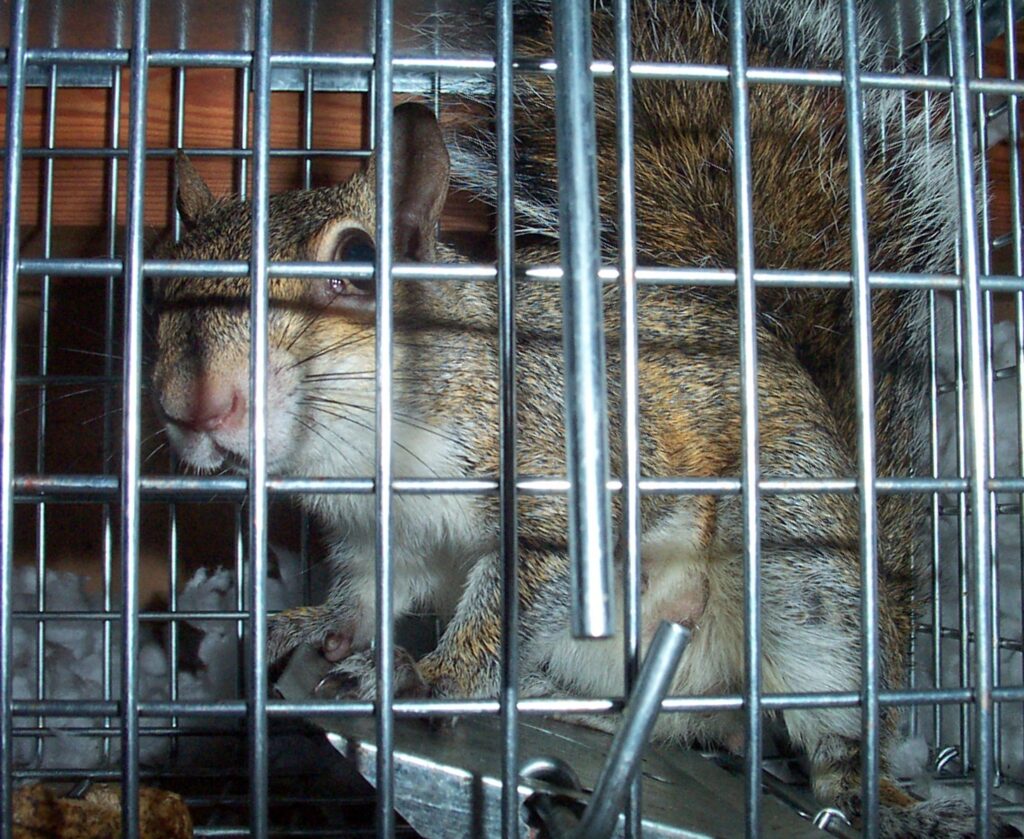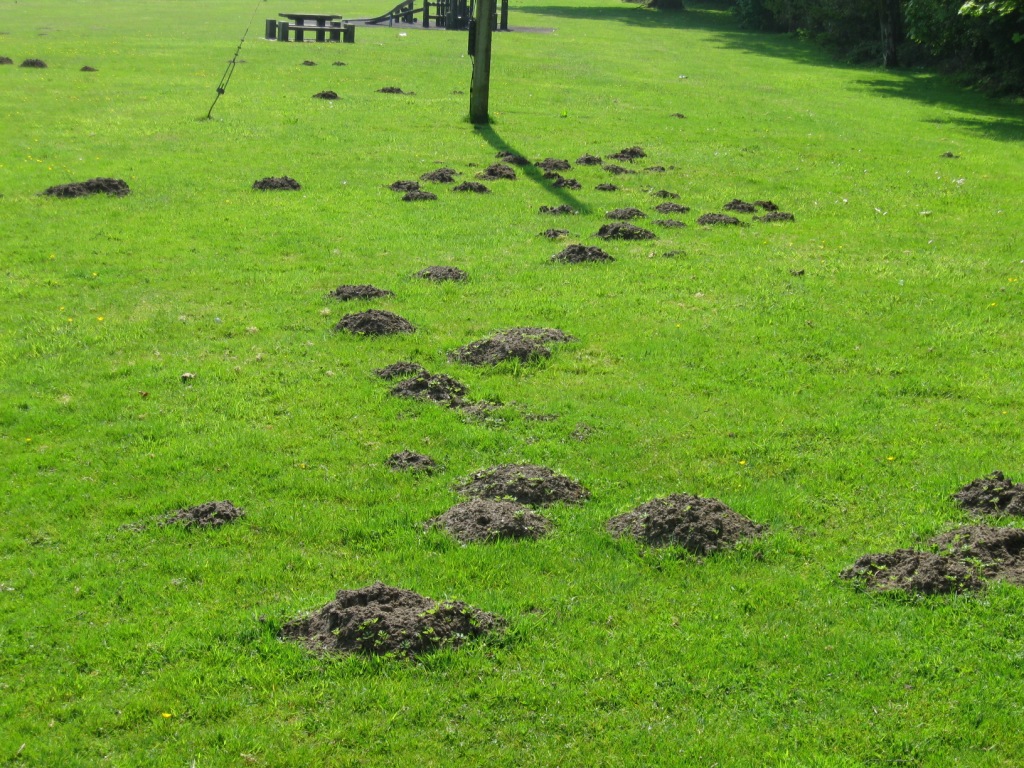Moles are one of the most annoying animals that you can get in your yard, especially for those who spend a lot of time making their yard look beautiful. Moles leave large tunnels and holes that are an eyesore in an otherwise great looking yard. They can even damage vegetables, flowers, and shrubs. Removing moles as soon as possible is a top priority for most people. Continue reading to learn if you can get rid of moles with mothballs.
What are mothballs?
Before this question is answered, it is important to understand what a mothball is in the first place. Mothballs are a ball of chemicals that are mainly intended to repel moths and other insects and pests from clothing and other belongings. These are effectively used in totes and other areas where there is little air circulation to dilute the effect of the mothball. It is generally the smell of mothballs that will repel insects and critters away from them. Mothballs can be purchased almost anywhere, and they are safe to use as long as children and pets do not get into them.
Do mothballs work on moles?
Many people believe that placing mothballs in mole tunnels will be enough to repel moles so much that they will leave your yard. This idea probably stems from the fact that moles are very much repelled by the smell of mothballs. A mole would likely do anything possible to avoid being near mothballs, but that does not mean that they would work in this case. For a mothball to be effective, there needs to be very little air circulation, as the chemical odor coming off the mothball has to be strong enough to deter moles. Mole tunnels will likely have too much air circulation to have much effect on the moles. They especially will not be deterred from your entire property just by placing mothballs in their tunnels. They would likely just go dig a new tunnel somewhere else in your yard. There are many more effective mole removal methods, so continue reading.
Mole Traps
One of the most effective ways to get rid of moles in your yard is to set some traps and wait. Most mole traps are lethal options that will quickly kill a mole so it will not suffer. To use mole traps, it is smart to first identify where the moles are in an active tunnel. Before you set the trap, go out to some of the tunnels and partially cave them in. Check back in a day or two and see if it is repaired. If it is, this means that this tunnel is actively being used. Be sure to set traps in this tunnel and check them frequently.
Poisons
There are a wide variety of different poisons that are used to kill moles. Generally, these are put into the tunnels and then moles will consume them, causing them to die. This method should not be used if you have pets outside, as they could come into contact with a dead mole and eat it and the poison inside.
Professional Help
One great option for mole removal is hiring a professional wildlife removal company. These companies deal with removing and preventing all kinds of different nuisance wildlife species for homeowners. Hiring pest control professionals is a great option, as they will be able to come up with permanent solutions that will not only take care of this current infestation, but will also prevent any future ones from occurring. If you are tired of watching your yard, garden, and flowers be torn up by moles, consider giving us a call!



